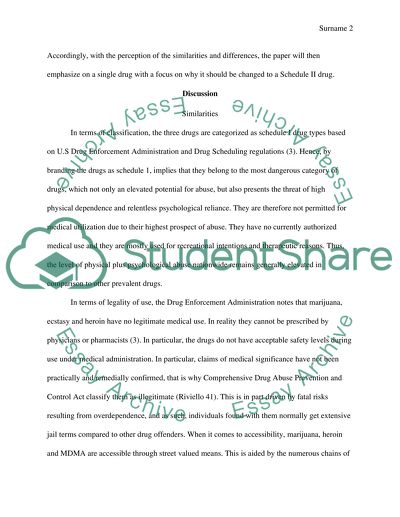Cite this document
(Schedule I & Schedule II Drugs: Heroin, Marijuana, and MMDA Term Paper, n.d.)
Schedule I & Schedule II Drugs: Heroin, Marijuana, and MMDA Term Paper. Retrieved from https://studentshare.org/social-science/1617892-schedule-i-schedule-ii-drugs
Schedule I & Schedule II Drugs: Heroin, Marijuana, and MMDA Term Paper. Retrieved from https://studentshare.org/social-science/1617892-schedule-i-schedule-ii-drugs
(Schedule I & Schedule II Drugs: Heroin, Marijuana, and MMDA Term Paper)
Schedule I & Schedule II Drugs: Heroin, Marijuana, and MMDA Term Paper. https://studentshare.org/social-science/1617892-schedule-i-schedule-ii-drugs.
Schedule I & Schedule II Drugs: Heroin, Marijuana, and MMDA Term Paper. https://studentshare.org/social-science/1617892-schedule-i-schedule-ii-drugs.
“Schedule I & Schedule II Drugs: Heroin, Marijuana, and MMDA Term Paper”, n.d. https://studentshare.org/social-science/1617892-schedule-i-schedule-ii-drugs.


